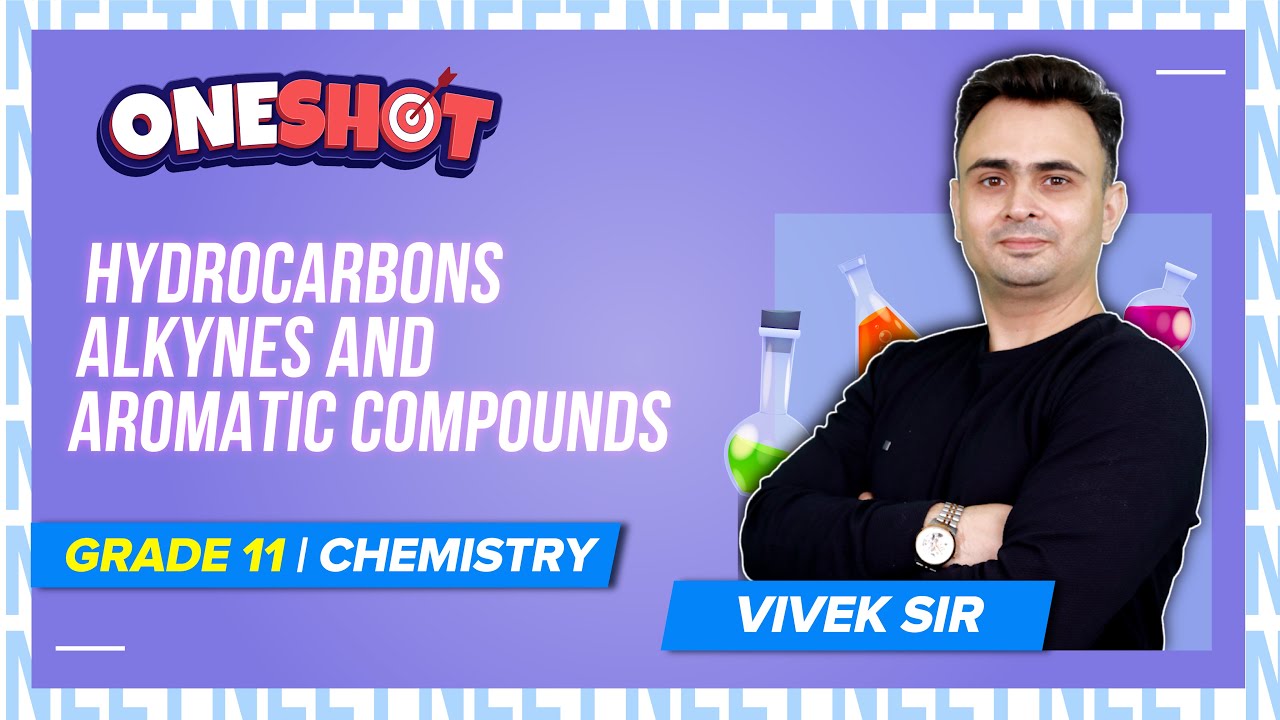Benzene has a high degree of unsaturation. Benzene and its derivatives are earlier classified as aromatic compounds due to their distinct odour. Now they are defined as aromatic based on Hückel’s Rule of aromaticity. Aromatic hydrocarbons are also known as arenes. They are comparatively unreactive than alkenes in spite of having double bonds. Benzene derivatives are commonly represented by Ph-R (C6H5-R). They are formed by substitution of hydrogen of the benzene with different functional groups such as -OH in phenol, -NH2 in aniline, -CH3 in toluene, etc.
1. This can be a halide in the Friedel Crafts reaction
(a) isopropyl chloride
(b) chlorobenzene
(c) bromobenzene
(d) chloroethene
2. Which of the following will not easily undergo Friedel Crafts reaction?
(a) Xylene
(b) Nitrobenzene
(c) Cumene
(d) Toluene
3. When phenyl methyl ether reacts with HI it forms
(a) benzene
(b) ethyl chloride
(c) iodobenzene
(d) phenol
4. Which of the following is the most acidic?
(a) p-nitrophenol
(b) 2,4,6-trinitrophenol
(c) p-cresol
(d) Phenol
5. Phenol is converted to salicylaldehyde when treated with chloroform and aq. KOH, the reaction is known as
(a) Friedel Crafts reaction
(b) Rosenmund’s reaction
(c) Sommelet reaction
(d) Reimer-Tiemann reaction
6. Which of the following is formed when benzene is oxidised by V2O5 in presence of air?
(a) Benzoic anhydride
(b) Benzaldehyde
(c) Maleic anhydride
(d) Benzoic acid
7. Catalytic reduction of benzoyl chloride in presence of Pd-BaSO4 yields
(a) C6H5OH
(b) C6H5Cl
(c) C6H5CHO
(d) C6H5COCH3
8. This on reduction with LiAlH4 produces secondary amine
(a) Methyl cyanide
(b) Nitroethane
(c) Methyl isocyanide
(d) Acetamide
9. In which of the following reactions does toluene get converted to benzaldehyde by chromyl chloride?
(a) Riemer-Tiemann reaction
(b) Cannizzaro’s reaction
(c) Etard reaction
(d) Wurtz reaction
10. Which of the following reactions will yield phenyl isocyanide?
(a) Carbylamine reaction
(b) Wurtz reaction
(c) Rosenmund’s reaction
(d) Reimer-Tieman reaction
Answer
| 1. (a) | 2. (b) | 3. (d) | 4. (b) | 5. (d) |
| 6. (c) | 7. (c) | 8. (c) | 9. (c) | 10. (a) |
| Also Check: |

Comments